For the love of cherries
On July 13, 2024 by Christy LarsenThomas Lux and his words of encouragement
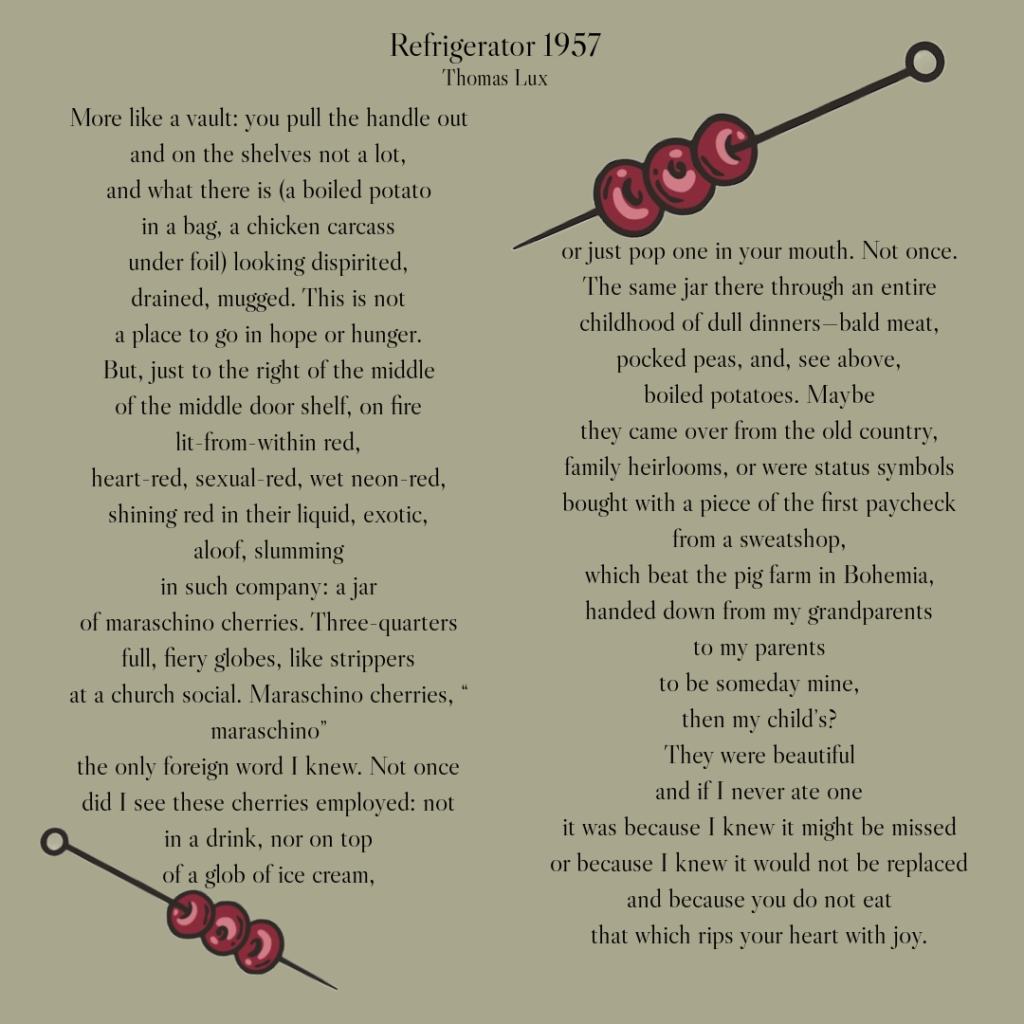
Something about me…
because really, we who write these things, this words, these blog posts
no matter humility
are longing to share
So
Something about me
I can be very polite; my manners scream of finishing school. When I employ them
I can also be very sharp; my manners scream of an animal caged without water or light
I can be somewhere in between; delightful and distasteful in the same paragraph
My mother used to call me “the girl with the curl”
it was a poem reserved for me and all other little girls with a temper
All this has nothing to do with Thomas Lux except that it perhaps will serve to explain what happened next
For no reason other than because, I found myself with my nose a bit out of joint. It could have been the chest puffery or the perhaps the cigar puffery
there was puffery
Or it could have been the suggestion that the men gather at the bar and the wives find their way to the parlor
I think it might have been the filter of “I have more than you–which makes me better than you” through which he seems to see the world
that set me off
I managed through the use of my love for words and my appetite for words around food, to out snob the snob. Thomas Lux came to my rescue as I turned my nose at the cherries presented with the over fussy (and frankly not so enchanting) cocktail.
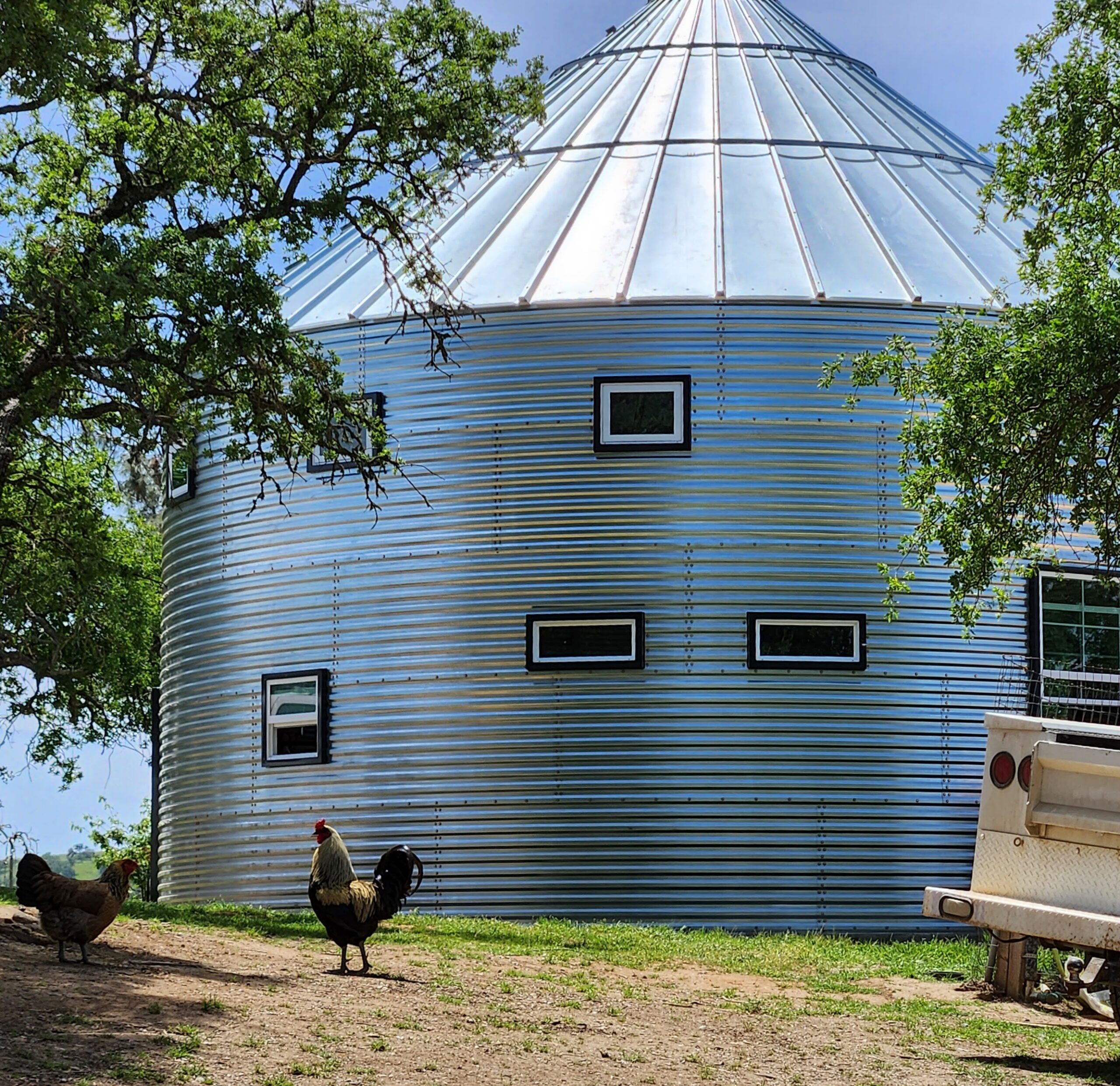
My Summer Kitchen
On September 12, 2023 by Christy Larsenturning our orchard silo into a creative space
I’ve long been obsessed with the idea of having a summer kitchen a place for baking, preserving, canning, and communing. Our ranch home is very small, and the kitchen is packed to the gills with ingredients and appliances. Counters and shelves are lined with fermenting crocks, pickling jars, stacked wooden bowls, and herb bundles randomly hanging from every available space. However, instead of witchy or charming, it comes off as untidy and cluttered. Instead of doing a full kitchen remodel, we’ve found the solution in a summer kitchen
In about 5 months’ time, this iconic farm staple will house a full kitchen and be my sanctuary on this beautiful property I call home.
Ahh….the internet
On April 24, 2021 by Christy LarsenWe have been having some challenges here with this site. It was down for quite a while because of a coding error and we couldn’t get back in to fix it. Mike (my wonder-hub) figured out a back door and was able to reboot the site and remove the offending code. However, I did lose some blog posts and photos with the reboot. I am in the process of trying to figure out what is missing, and reviewing each page to make sure there aren’t any other issues. It will take a while, as I sadly don’t have large swaths of time to devote. However, I am working on it! If you are a blog subscriber, you may receive multiple notifications of new posts, and some may seem redundant. For that I apologize in advance. Hopefully, we will soon have it all wrapped up in a pretty little bow for you again!
All the best and thanks for following along
Christy, your sixty acre baker
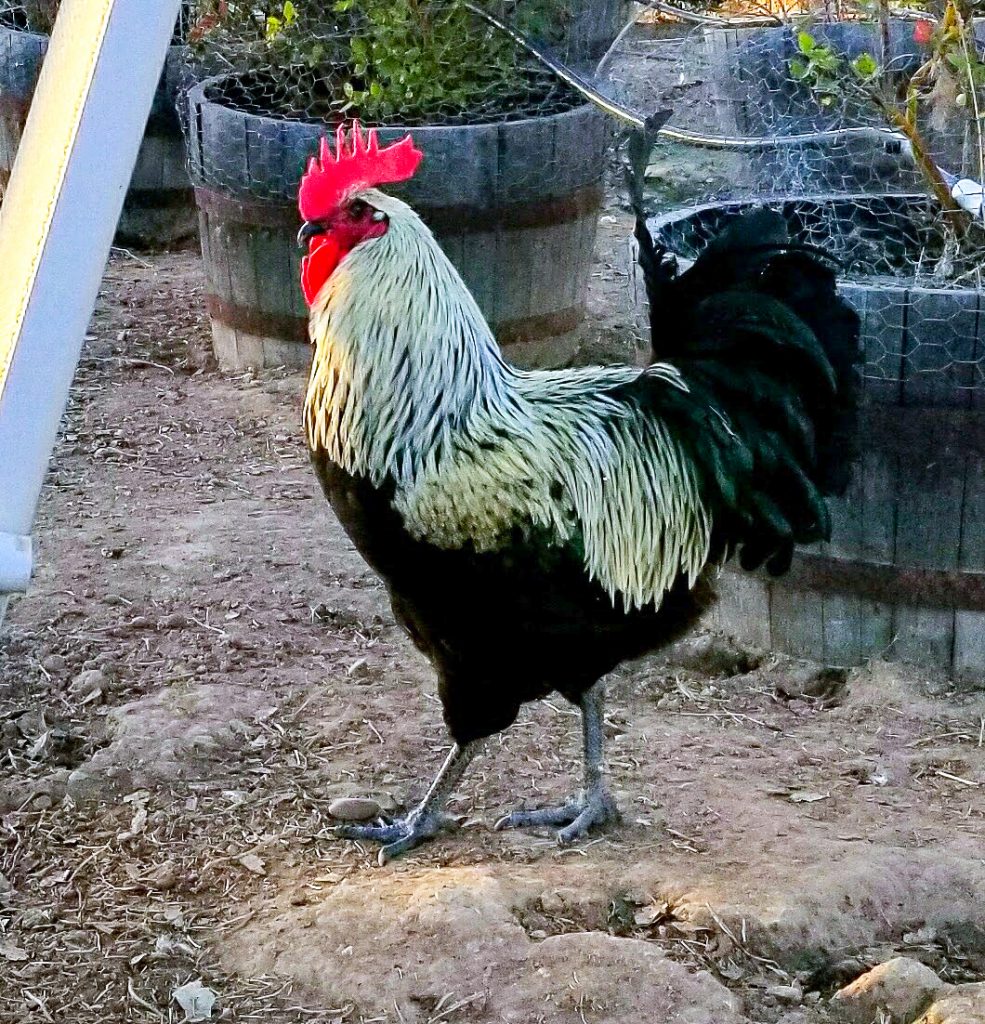
Harvesting Roosters
On February 6, 2019 by Christy LarsenLet me start at the beginning
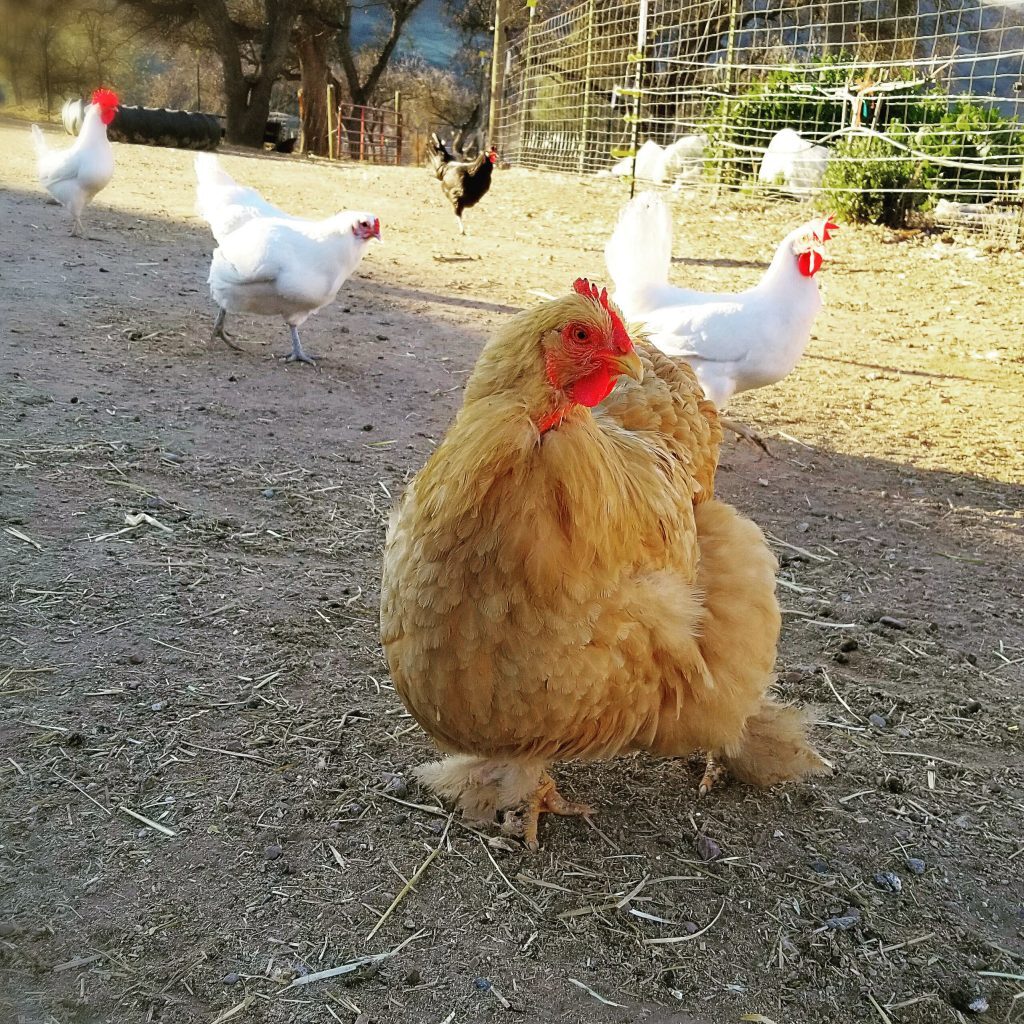
Our first set of chickens arrived via the afternoon mail and we were giddy upon their arrival. We did all of the things one does with new chicks, including daily health check and brooder cleanings. Fast forward several months and we moved them to their new coops. We had placed several moderately sized coops throughout our property and built a larger barn style coop for the bulk of the birds. We named many of our favorites, and moved to singularly naming a breed {our barred rocks for example were all named roseanne}, when we realized that we were using up “all the good names”, and we would soon have sheep, goats, dogs and pigs to name. I fussed over them and essentially took role-call each sundown.
We had placed coops throughout our property, including a large barn with a automatic door. We were obsessed with doing everything right. Making sure every chicken got back into a coop in the evening., double-triple checking everything was perfect. We also monitored broody hens {broody hens are those that will sit on eggs in the hope of bringing chicks into the world}, to make sure they didn’t hatch out any chicks.
That was how we started.
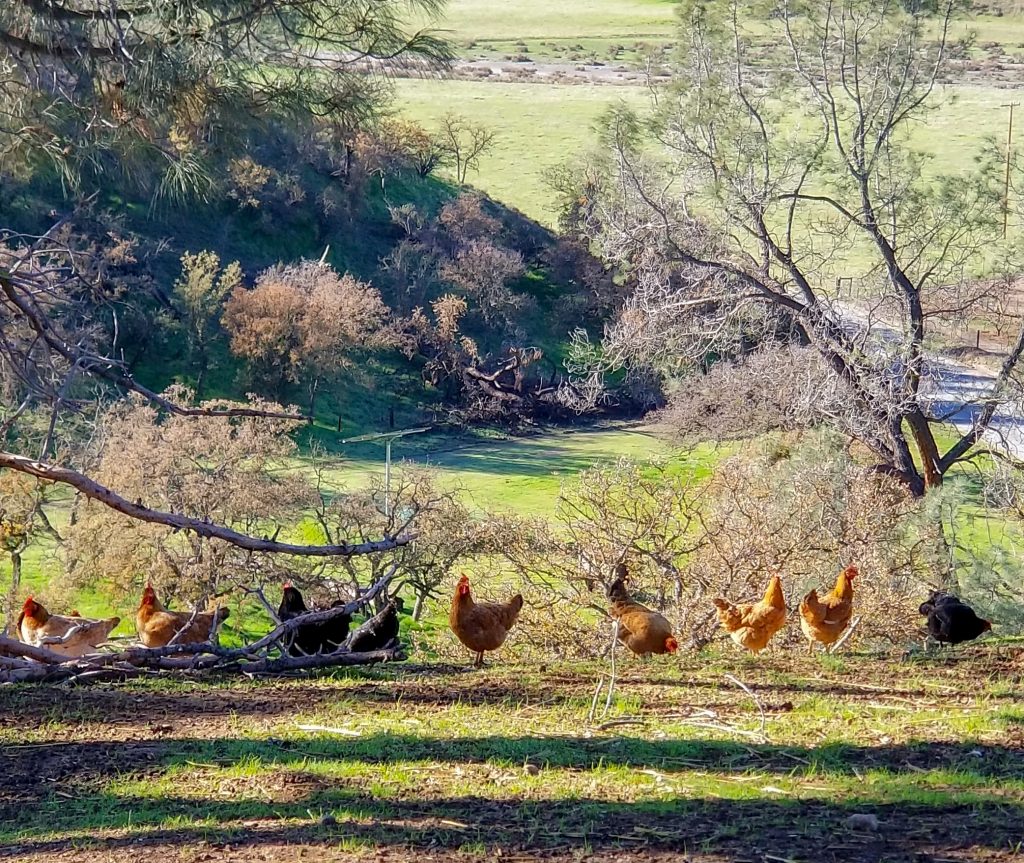
Fast-forward to today.
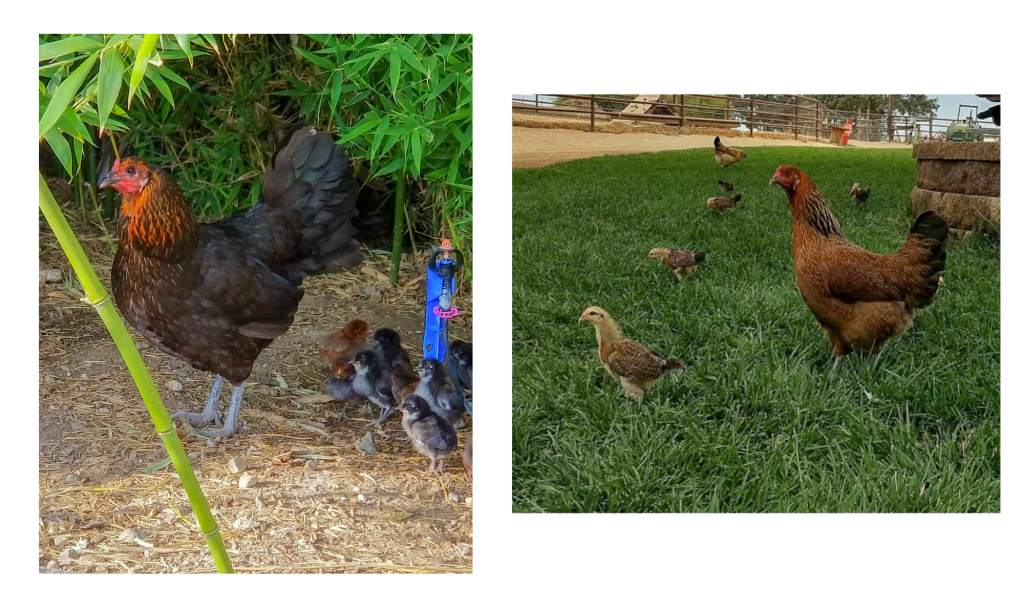
These chickens can fly.; not launch and fly away, fly, but fly to the top of fence lines, barn roofs, or to the top of a car.
And they do.
It didn’t take long for them to abandon the coops and scatter themselves throughout the property finding interesting places to roost overnight; most notably, in the trees.
These same chickens have access to 60 acres and countless places to be broody and hide clutches of eggs.
And they do.
Just as the weather starts to warm, I notice chickens disappearing for months at a time only to reappear with a large brood of their own. We welcome this, it is a great way to support natural selection. It transfers the daily routine of cleaning and feeding from us to them. It ensures our flock will continue to thrive without us having to purchase new stock from a breeder each year. It is a good thing, with one small challenge; for every female chick, there is inevitably a male. Unfortunately, a 1:1 ratio of male to female is not ideal for our flock.

We like roosters, they are not a problem, unless we have too many.
It’s not the crowing; most people think its the crowing. Even though crowing actually happens all day, and all night {not just at dawn}, it is part and parcel of the music of farm life. Our primary issue is that roosters are rough on the hens. They have their salient points like being fiercely protective, and generous with food (allowing the hens to eat first before taking their share). It is remarkable, but they also constantly grab the chickens by the feathers on the nape of the neck, to mount them; it is rough on the hens.
As a way to control the number of roosters, once (sometimes twice) a year, gather as many roosters as possible and close them in one of our abandoned coops for a day or two. When chickens roost in
On harvest day, the first thing I do is make sure we release any of our favorite roosters.
Yes, we have favorites; Maurice Chevalier for
Roosters are not all the same; we have some that are purebred of special breeds, we have some that are incredibly beautiful,
Without going into graphic detail, the process is very quick. We spend more time in preparation for the event than time harvesting. Sterilizing everything, sharpening knives, and setting up the equipment can take hours, but it is vitally important.
We harvested 20 roosters and they ranged in weight from 4-7lbs. We pluck them, dress them, clean them, and bag them for the freezer. From start to finish, it took us about 4 hours.
The larger roosters will be used for coq au vin, and the smalls are best used for stock.
The gizzards were fried for lunch, the livers will go into pate, and I cleaned the hearts for use in risotto and yakitori. Stay tuned for those recipes.
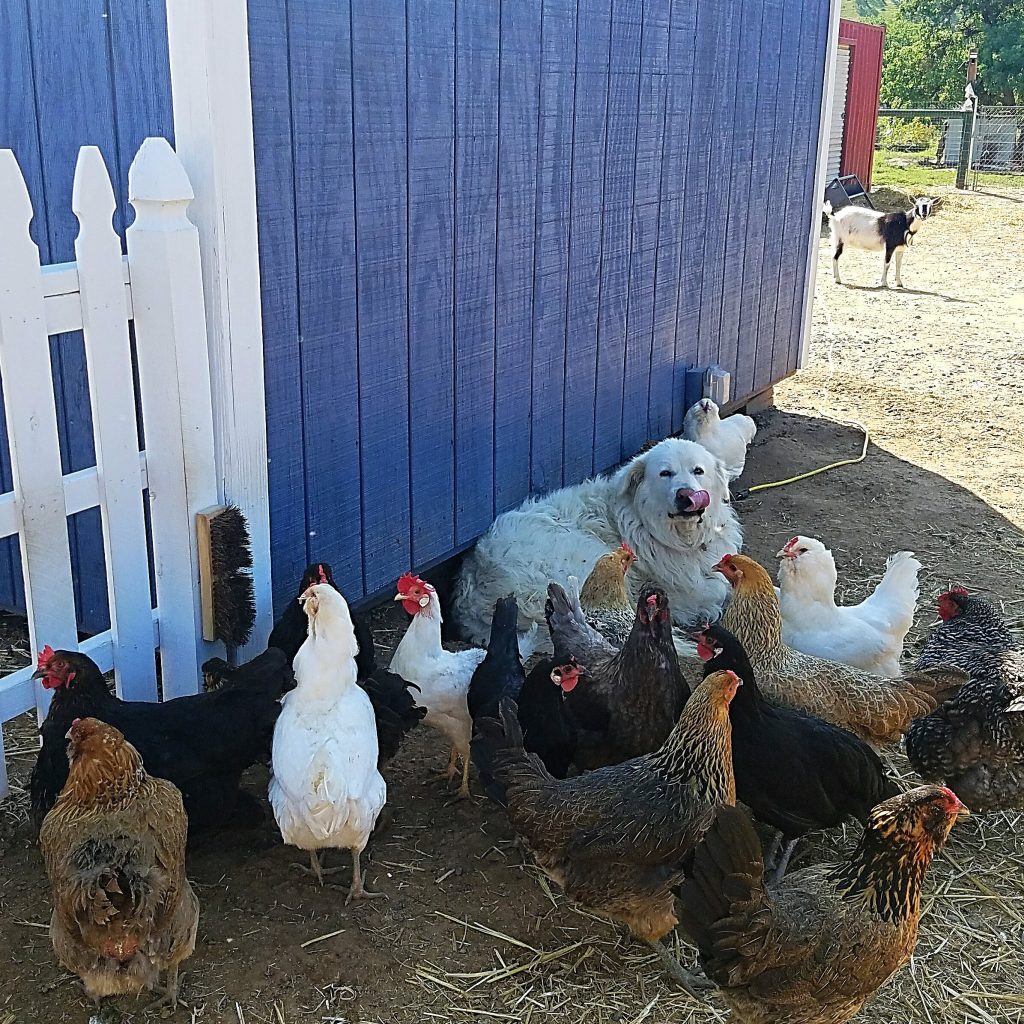
I am often asked about hens for meat, and if we raise them. The answer is yes we have, yes we will again, but we won’t raise chickens that are bred for meat. I will do a post on that soon as I have a lot of opinions about it.
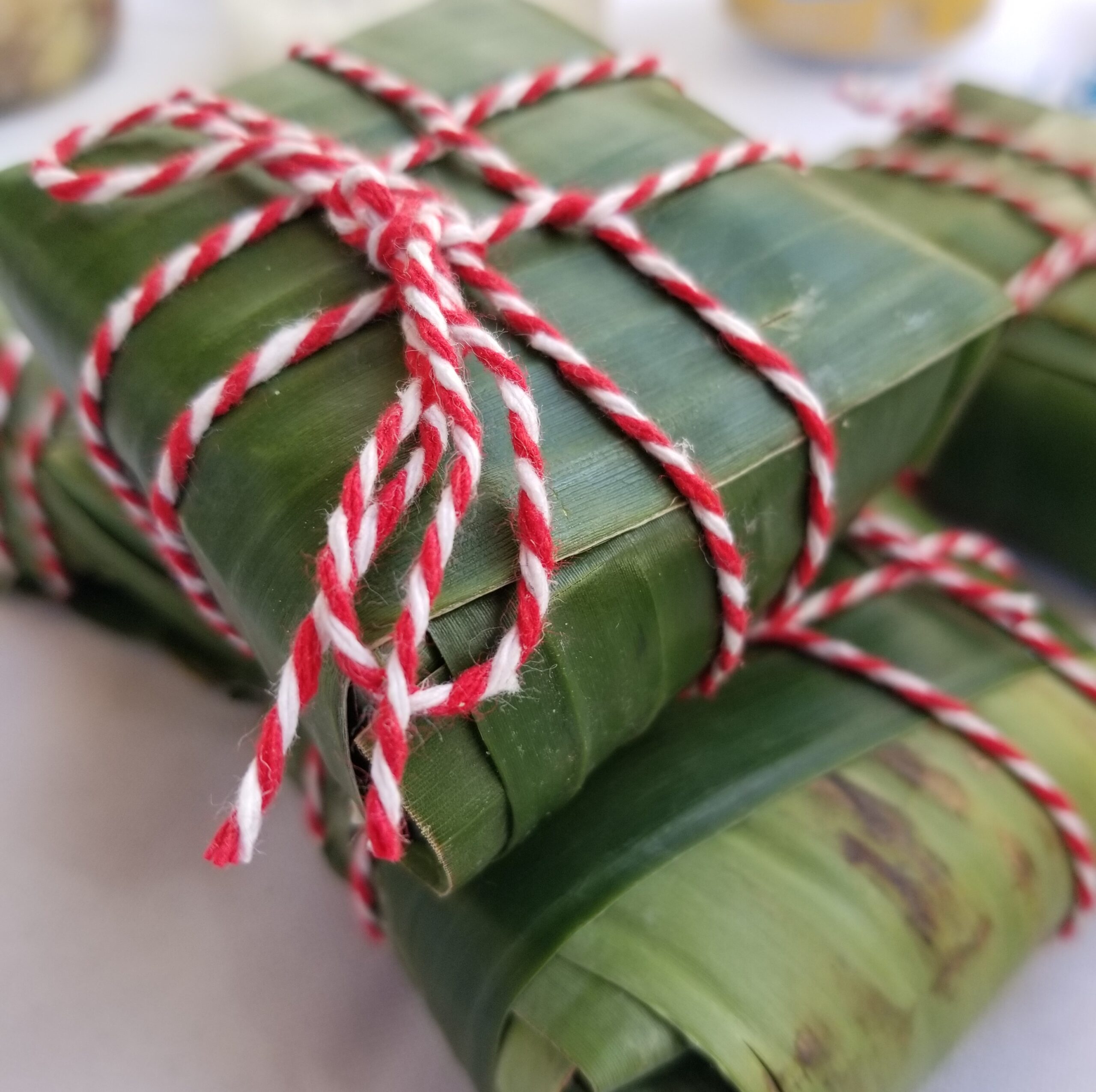
Bahn Chung Collective
On January 28, 2019 by Christy LarsenLast Saturday, for me, the food scene in Los Angeles was a group of people, sitting around tables, learning a new skill and living in diversity.
Truth be told, I was a bit nervous. It was a crowd I’m not a part of; people I share an interest
Food has a way of opening its arms wide and gathering anyone with interest. The women who put this event together; especially Diep Tran, formerly of Good Girl Dinette, were gracious and welcoming and incredibly hospitable. Every element of the day was
We gathered in groups of 8 around shaded picnic tables laden with prepared supplies.
I had been watching, on
After a brief tutorial by Diep, we busied ourselves with the task of making 4 each. One of our table-mates discovered a great hack for “the flip”, another made perfect packages with tiny little bows. Everyone was working together, sharing tips, tricks, and supplies.
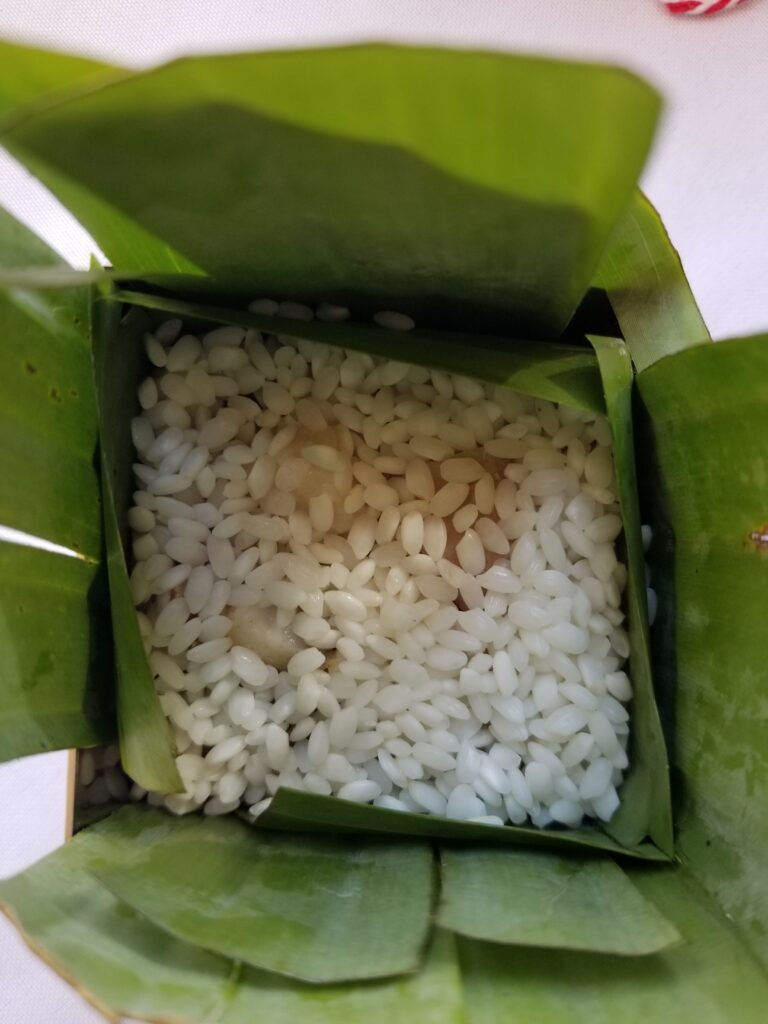
I was a disaster. My space looked as if a toddler had discovered a spoon for the first time. I learned that the foundation was most important. My tip: don’t try and cobble together leftover pieces of banana leaf for your casing; use the good leaves. People say sports are a metaphor for life; I would make the argument that banh
In the end, I had two really nice packets, one mezzo-mezzo, and one unmitigated failure. Imagine my relief when we were given a bag for each of us to keep our own separated. I had been concerned that someone, after working hard all morning, would be stuck with my handiwork at the end of the day.
The day was a bit longer than I had anticipated, but time did pass rather quickly. Our little group of 6 (we had been whittled down from 8 (a strip of
I also left with 2 perfect, 1 mezzo-mezzo and one blown-out and flattened pancake of a parcel. They came out of the pressure cooker, just as they went in; talk about a metaphor for life.
If you would like to learn how to prepare these, there are quite a few videos on youtube. While not the method we used, THIS one will whet your appetite.
I would be remiss if I didn’t also mention that a writer and photographer from the New York Times were in attendance. The story should appear
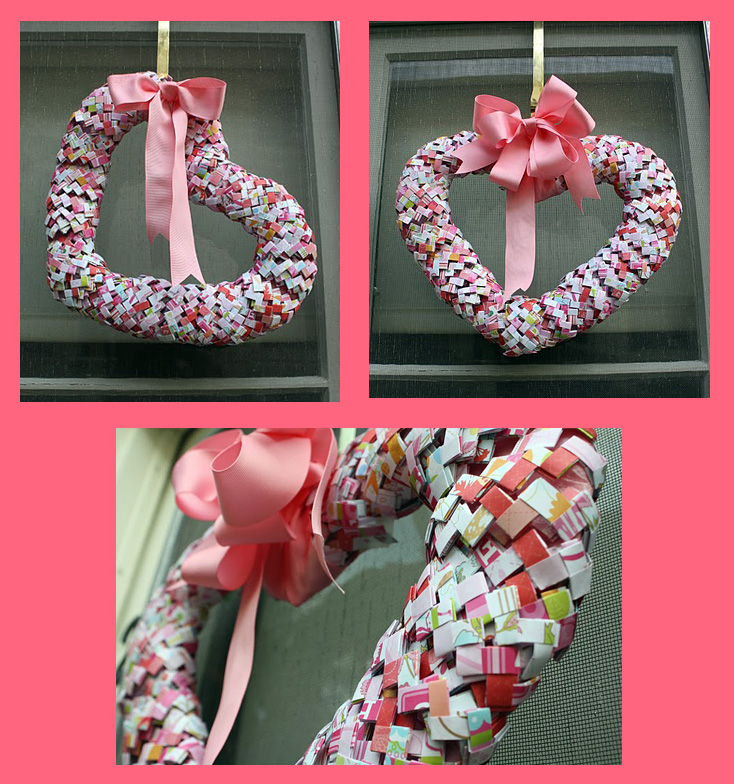
Gum Wrapper Wreath
On February 6, 2018 by Christy LarsenI’m probably aging myself by admitting that a favorite past-time of mine,as a kid, was making gum wrapper chains. I just loved it. Sadly, sticks of gum are not easily found anymore. But colorful paper is and it works just as well.
for a tutorial on how to fold click here
I cut the heart shape from a box, and wrapped it in pink ribbon; then wrapped it again in gum wrapper chain, rather loosely, giving it a “bubbled” effect. This is not a quick craft–I folded about 5000 papers for this wreath
May I suggest getting the whole family involved?
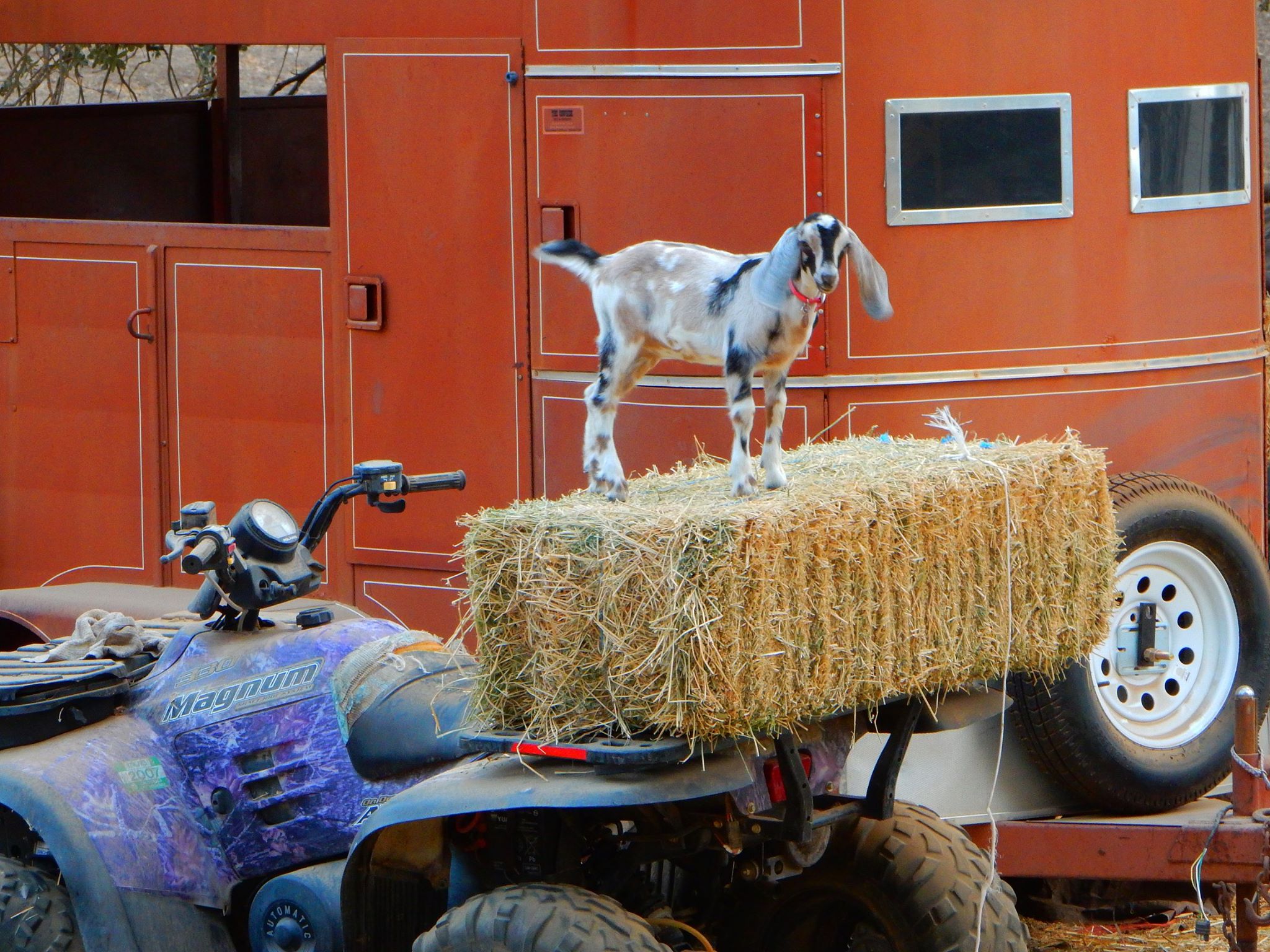
Reflection
On July 9, 2015 by sixtyacrebakerLiving on a farm is very different today than the days of the dust bowl and laura ingalls. If our crops don’t grow, we make a trip to the market; we won’t starve. We can easily maneuver with plan b or even c. A bad year or two means discomfort, rather than a major threat. It doesn’t mean it isn’t difficult and that we don’t experience disappointment. Today I found myself willing our girls to kid, while at the same time, dreading it.
This year we are heavy in male kids…understatement of the year. 15 kids..1 girl. One. While it is insane to think so, I torture myself with the belief, that I must be doing something wrong. I scour the internet, late at night, looking for wives tales, anecdotes, charms and voodoo to turn the tide. I am humbled by the inability to control and impossible quest to prepare. I’m also kinda sorta pissed off.
It legitimately “is what it is”. If I had any working knowledge of genetics or statistics, I’m not sure if I would be more or less optimistic.
At the end of the day, without girls we don’t grow our herd. Until we grow our herd, there is no creamery.
This life we chose has its own timeline. It stalls and propels me in an uncomfortable manner. Goals aren’t set and ticked by sheer force of will. This force of nature is real and strong and can not be dismissed. She is making herself known and all I can do is sit back and see what is next.
And while they are mostly males, only an ass would complain, rather than well with joy, finding a nursery filled with healthy little kids.




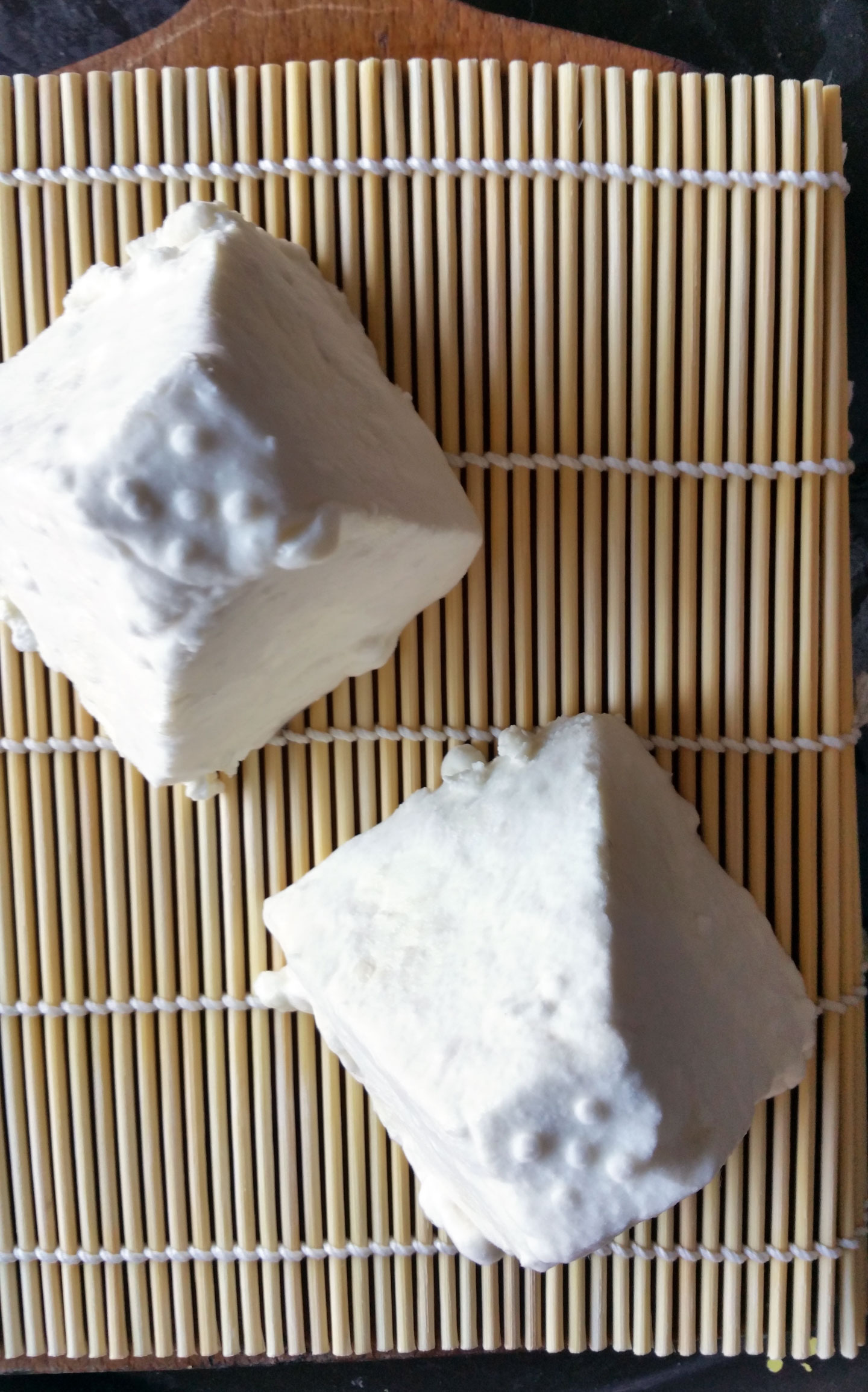
My Cheesy Manifesto
On January 15, 2015 by sixtyacrebakerThere is a huge difference between following a recipe and understanding why the recipe follows the path it does. Cheese making is a blend of science and art. I have been making cheese for quite sometime. I have success, and I have failure. The problem was that I didn’t really understand why; if following the same process time and time again, the results would prove different. The variables in cheese making are complex. There are ways to nurture the natural bacteria in milk and ways to try and beat them at their own game. But until I understood the difference between; morning milk and afternoon milk, winter milk and spring milk, high fat milk breeds and low fat milk breeds, raw and pasteurized milk, acceptable coliform and scary coliform, my experiments in cheese making would continue to be hit or miss. I took a short-course this past week that help me discern the difference. I came away with an understanding of the need to be flexible, while adhering to strict protocol. Sound confusing? Well that is because it kinda sorta is.
I’m going to be painfully honest. I don’t really even like cheese that much. As I write this, I am averting my eyes from the gaze of those words. I am ashamed. Let me clarify. I don’t hate cheese, I like it in small amounts and when it has good flavor. I’m into a good sharp cheddar, or truffled chevre, even a nice chunk of parmesan lights my world. However, I’m that girl that, when ordering french onion soup, asks them to go light (or not at all) on the gooey cheese top. I’m also the one that sneers at the over-cheesed pizza and grated cheese on a side salad. Rather humorous that I’m working so hard to get our goat herd up to level, so I can milk them to make cheese, no?
No.
I want to make good cheese. Cheese that makes its impression in small amounts. Cheese that you don’t have to eat an entire wheel of to realize you just ate cheese. Cheese from beautiful animals raised on quality grass and feed, with a nice life. I’d say happy. But I’m not sure how to measure happy in a ruminant. They aren’t miserable…that I know.
To make good cheese, so much has to happen even before the milk hits the creamery. Cheese making is the truth in “farm to fork” manufacturing. The most valuable thing I have learned, and it sounds really hippy dippy, is to let the milk tell me what kind of cheese to make. Yes, I can force and manipulate to get a facsimile of a type of cheese I like. That is the science. However, right now my plan is, to let the milk tell me what kind of cheese it should be. I’m going to sit with that for a while, as I make my plans for our little dairy business.
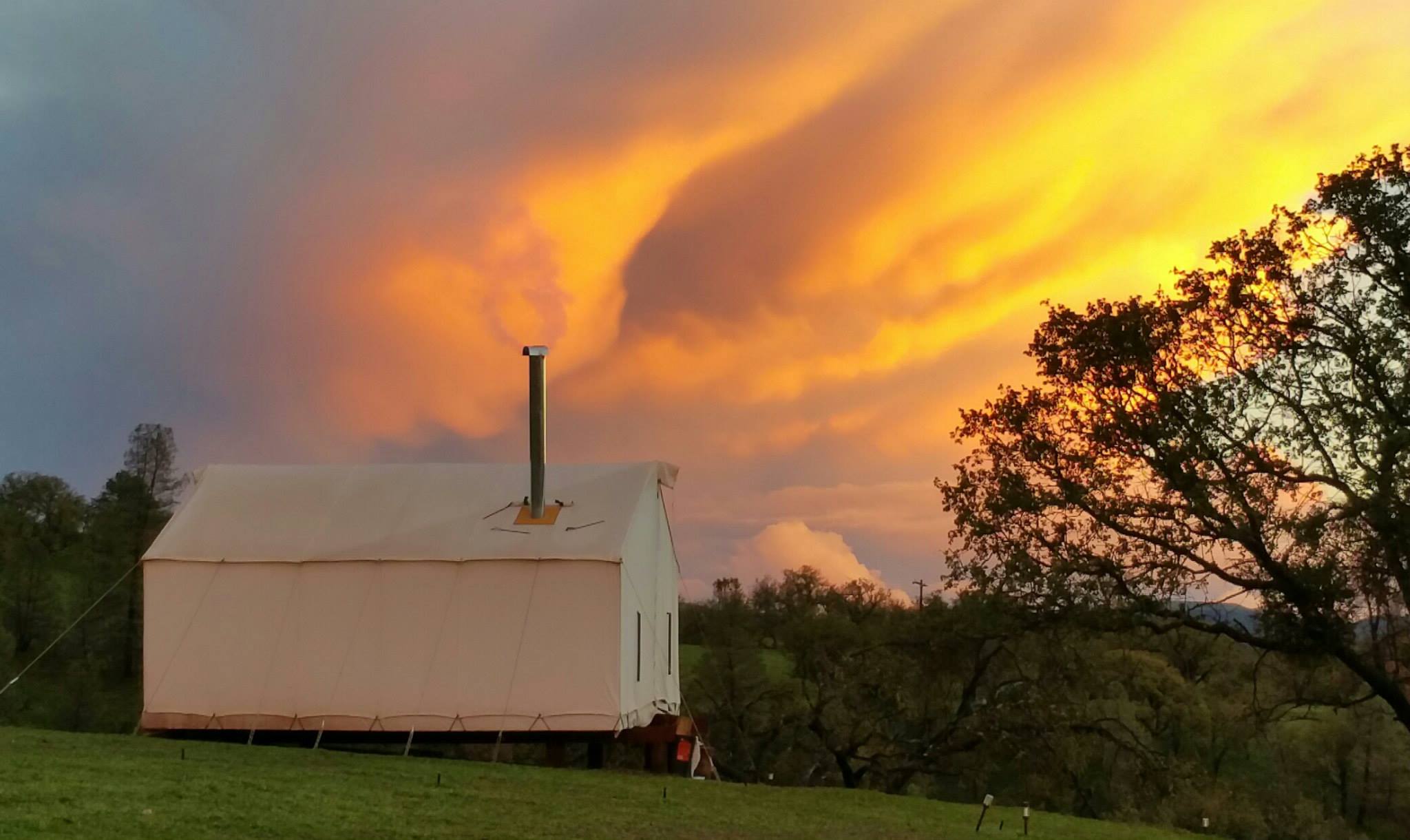
After the Rain
On December 13, 2014 by sixtyacrebakerWe’ve been having a bit of weather here lately. We are in the Central Coast of California and have been in serious drought conditions. The recent rains are welcome, but challenging as well. We’ve had a lot of dirt, and now we have a lot of mud. Keeping the house clean is the least of my worries, but the biggest of my annoyances. We’ve outfitted a large canvas tent for our overnight guests. With the temps dropping, we recently installed a wood-stove to keep the tent warm and cozy. Last night, along with the rain, we had some pretty rough winds. They were so strong, they blew the cap off the wood-stove pipe and the tent fly. As a result the woodstove filled with water, and we had some moisture in the tent. All was easily remedied by draining out the water and starting a good hot fire. I may have taken a wee little afternoon nap; arising just in time for this beautiful scene.
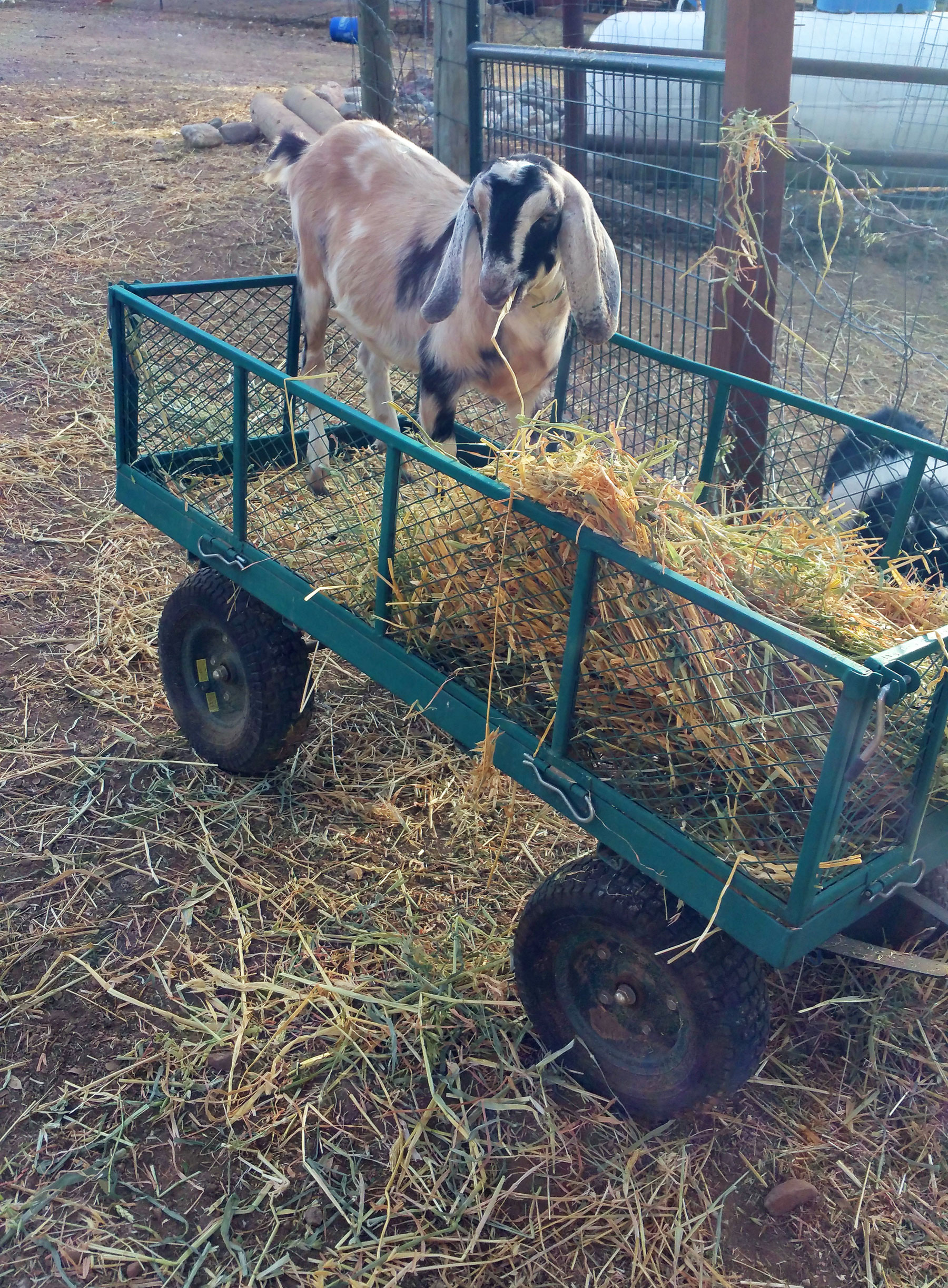
Pixie
On November 25, 2014 by sixtyacrebakerPixie is my pet. And when I say pet, I am talking in the context of favoritism. Although, some may argue that she is also our pet. Pixie was a preemie. Her dam was so confused about the whole situation that she actually dropped Pixie out while walking and basically never looked back. We tried to force a maternal instinct, but unfortunately because of her tiny size (less than 3lbs) we couldn’t take a chance that eventually her mom would start mothering. Pixie has a brother who was born first and bigger. He was able to get out of moms way when she rolled over, or mistakenly sat on him. Pixie just couldn’t do it. It took her a full two days to get her legs under her. Simply, she was weak and small and not going to make it. We put Pixie on a bottle and moved her into the house. She was on a every two hour feeding schedule, and lived in an beer case for the first week. She was my constant companion for the first month of her life…and I hers. As she grew stronger and bigger, we moved her in with the other goats during the day…in an attempt to socialize her. At 3 months old, we weaned her completely and put her with the herd.
She had a hard time making friends. Occasionally, we would see her play with the other doelings…but she didn’t have her mom to pal around with; while all the other kids have their mom. It was getting more and more noticeable that she wasn’t bonding with anyone, and her spirits began waning.
Seriously. I know it sounds odd, but it is true. Pixie was acting depressed. She no longer responded when we called her name, and recently she stopped eating. I was sure she was ill. I spent time with her each evening…sitting with her while she ate her dinner. But this past week she stopped coming to me. She would just stand in a corner and occasionally let out a sad cry. We’ve been so worried about her, fearing she was ill, and that we might lose her. Goats have a tendency to hide their illness until it is almost beyond repair. They are hearty, but fall quickly. A loss of Pixie would be difficult.
Mike suggested letting her roam about the yard with the dogs during the day. She was raised with the dogs in the house…so it was worth a shot. Maybe the dogs were her herd. First I let her out and had her follow me around for evening chores. She was like Eeyore. Her head was hung and she could barely handle the long walks between tasks. I was sure she was ill. Then, we let her in the yard first thing in the morning and had her wander about as she pleased. We took her temperature..normal, checked her for worms, no problem, and massaged her belly to give her rumen a kick-start. Signs were good that medically she was most likely okay. I gave her a double shot of a vitamin drench, and a handful of her favorite grain treat. And she sat in the yard barely able to lift her head.
A few hours passed and there was a noticeable change in her. She was on her feet and trying to devise a way to get on top of the hay pile. She was hungry and thirsty. When I walked the yard doing evening chores, she was at my side, skipping a bit. We let her sleep in the nursery with the baby lambs and their moms. The sheep are much less aggressive around food than the goats…and the lambs seemed to enjoy the prospect of having another playmate. Pixie found a peaceful spot to sleep and settled in for the night.
In the morning, as I was watching the sunrise through the bedroom window, I was startled by a tap at the patio door. Mike was already out doing morning feeding, and he had apparently let Pixie into the yard. She had happily bounded towards the house and was eager to say hi. We are so relieved, but still cautious.
She is eating well, jumping on tables and chairs and cars. She stops by the house occasionally to see what is going on and to grab a snack. She seems happy. The best part is, when we call her name, she calls us back. I am thankful that this story has a happy ending.
Although our animals all have a purpose on the ranch, and our goats are livestock, we care about them. They each have a distinct personality and respond to us differently. It is difficult not to get attached. Has heartbreaking as it is, I don’t want to be detached. I want to know all of our animals, and them to know us. I want their lives to be stress free and healthy. I am well aware that the day may come when we have to cull, harvest or slaughter our livestock. But until that day comes, they will have a good life. The best we can give them. Especially if they will end up on the table.